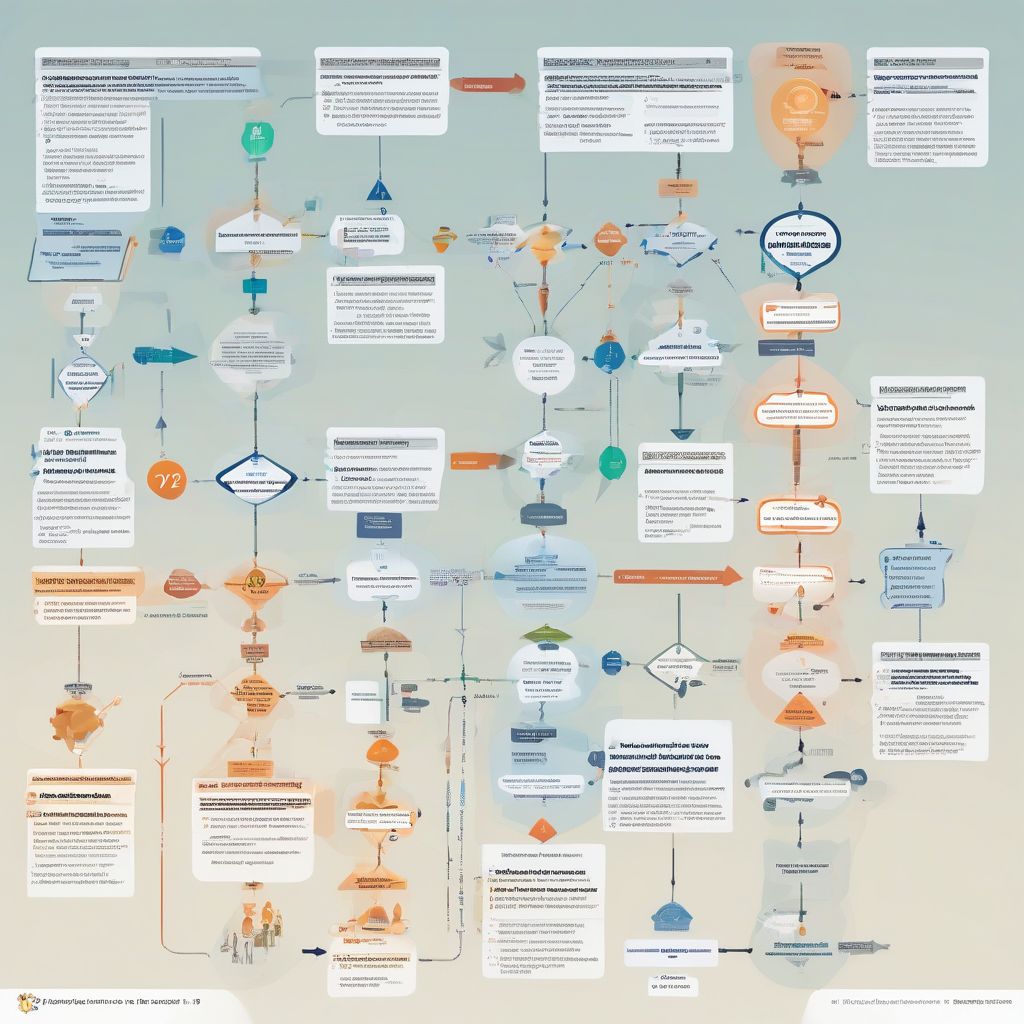Imagine a world without vaccines. A world where diseases like polio, measles, and smallpox still ravaged communities. Thankfully, through scientific innovation and rigorous testing, vaccines have transformed global health. But how are these life-saving interventions developed and tested to ensure they’re safe for everyone, everywhere?
The Journey of a Vaccine: From Lab to Global Impact
Developing a vaccine is a complex, multi-stage process that can take years, even decades, to complete. It involves meticulous research, rigorous testing, and stringent regulatory oversight. Let’s explore this journey step-by-step:
1. Exploratory Stage: Identifying the Threat
The process begins with identifying the virus or bacteria causing the disease. Scientists study its structure, how it infects cells, and how the body’s immune system responds. This foundational research helps determine the best approach for vaccine development.
2. Pre-Clinical Testing: Laying the Groundwork
Before human trials, the potential vaccine undergoes rigorous laboratory and animal testing. These pre-clinical studies assess safety and efficacy in animal models, providing crucial data for designing human trials.
3. Clinical Trials: The Human Factor
Clinical trials are the cornerstone of vaccine development, consisting of three phases:
- Phase 1: A small group of volunteers receive the vaccine to assess its safety, confirm dosage, and identify possible side effects.
- Phase 2: The vaccine is given to a larger group of people to further evaluate its safety and effectiveness, and to identify optimal dosages.
- Phase 3: A large-scale trial involves thousands of participants, comparing the vaccine’s efficacy against a placebo or existing treatment. This phase confirms the vaccine’s protective ability and monitors for rare side effects.
4. Regulatory Review and Approval: Ensuring Global Safety
Once clinical trials are complete, the data is submitted to regulatory agencies like the Food and Drug Administration (FDA) in the US, the European Medicines Agency (EMA), and the World Health Organization (WHO). These agencies meticulously review the data to ensure the vaccine’s safety and efficacy before granting approval for widespread use.
5. Manufacturing and Distribution: Reaching the World
Following approval, the vaccine is manufactured under strict quality control measures. Distribution networks are established to ensure the vaccine reaches those who need it most, globally.
6. Post-Market Surveillance: Ongoing Monitoring
Even after a vaccine is approved, ongoing monitoring is crucial. Post-market surveillance tracks the vaccine’s long-term effects, identifies rare side effects, and evaluates its effectiveness in real-world settings. This continuous monitoring helps ensure the vaccine’s safety and efficacy over time.
Addressing Common Concerns about Vaccine Safety
Vaccine hesitancy is a global challenge, often fueled by misinformation. Let’s address some common concerns:
Are vaccines developed too quickly?
While some vaccines, like the COVID-19 vaccines, were developed rapidly, this was due to unprecedented scientific collaboration and investment, not a compromise on safety. The same rigorous testing standards were applied.
Do vaccines cause autism?
Multiple large-scale studies have definitively debunked the link between vaccines and autism. This myth originated from a fraudulent study that has been retracted and its author discredited.
Are vaccines full of harmful chemicals?
Vaccines contain a small amount of preservatives and stabilizers to ensure their safety and effectiveness. These ingredients are present in tiny amounts and are rigorously tested for safety.
 Vaccine Development Process
Vaccine Development Process
Building Trust in Vaccines: Transparency and Education
Transparency and education are essential for building public trust in vaccines. Open communication about the development process, rigorous testing procedures, and ongoing monitoring efforts can help dispel myths and empower individuals to make informed decisions about their health.
Conclusion: Vaccines – A Cornerstone of Global Health
Vaccines are one of the most significant achievements in public health. They have eradicated deadly diseases, prevented millions of deaths, and continue to protect us from preventable illnesses. Understanding the rigorous development and testing process is crucial for building trust and ensuring everyone can benefit from these life-saving interventions.
We encourage you to share this information, engage in open conversations about vaccines, and consult with healthcare professionals for personalized advice. Your informed decisions contribute to a healthier future for yourself and the global community. What are your thoughts on vaccine safety? Share your comments below!



